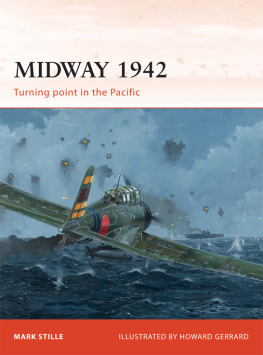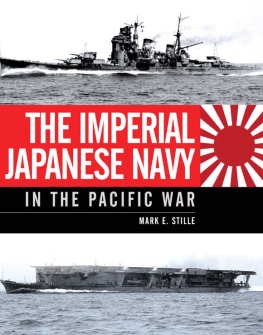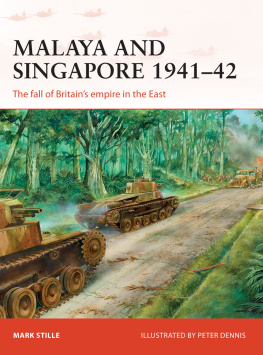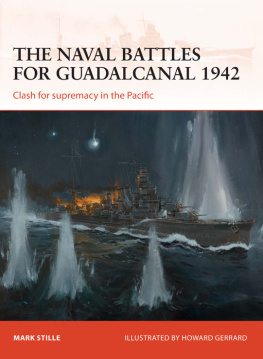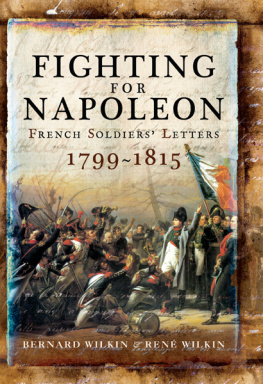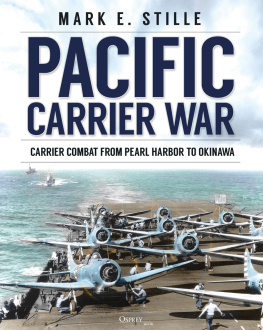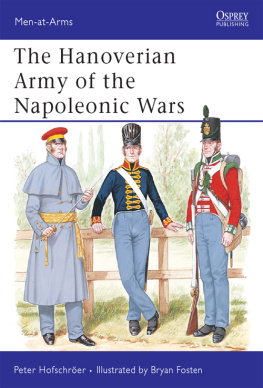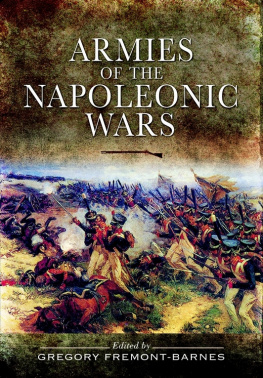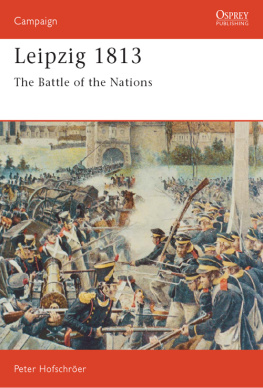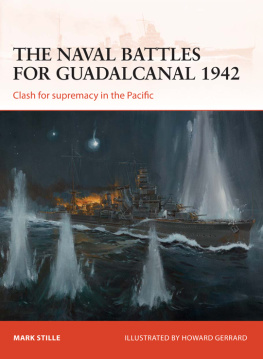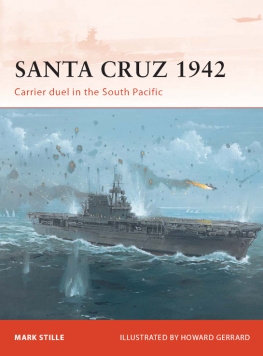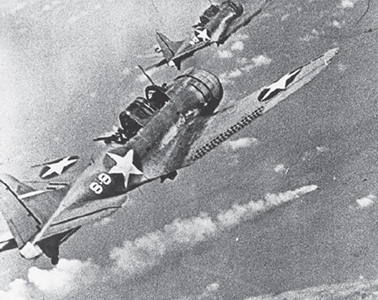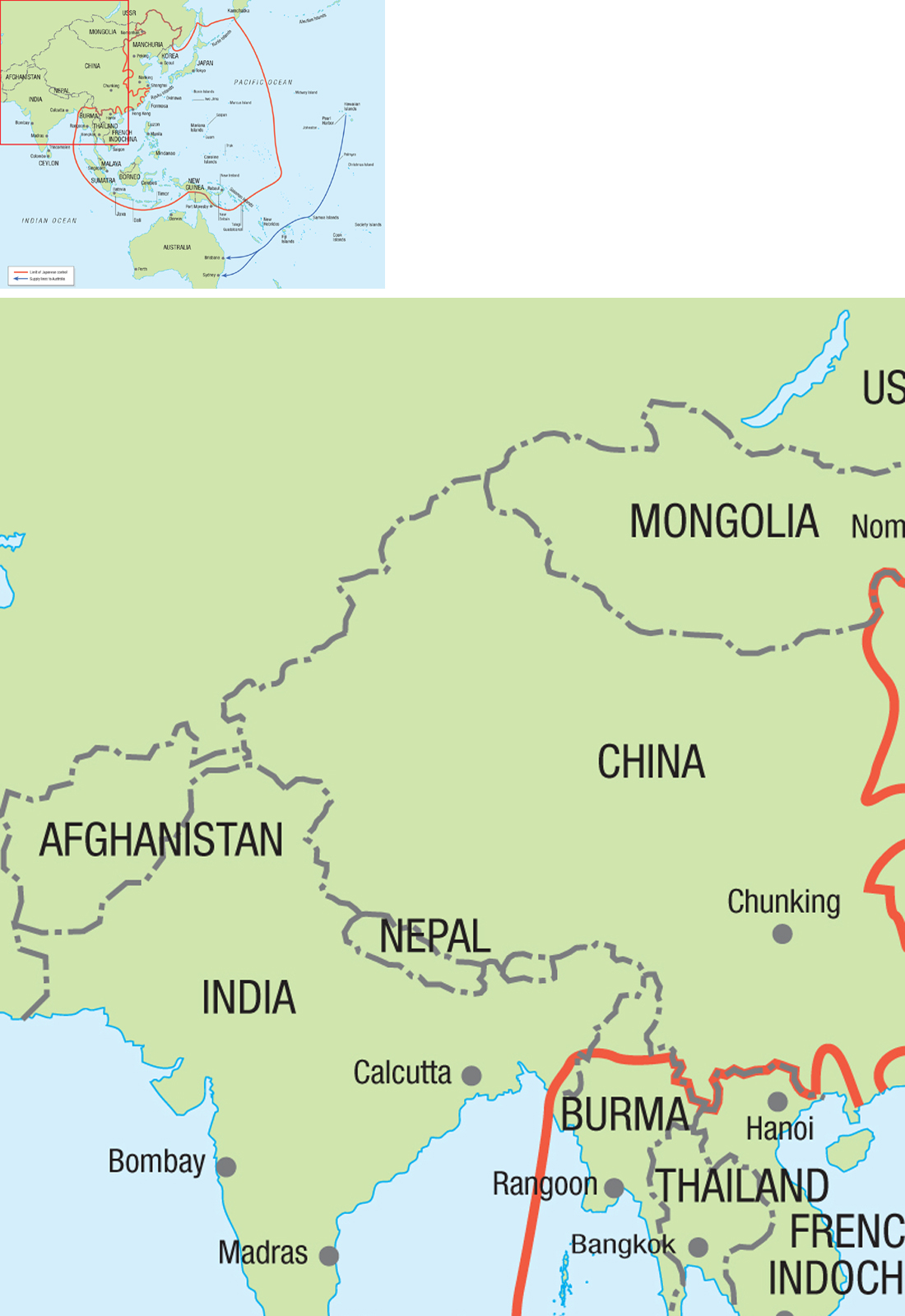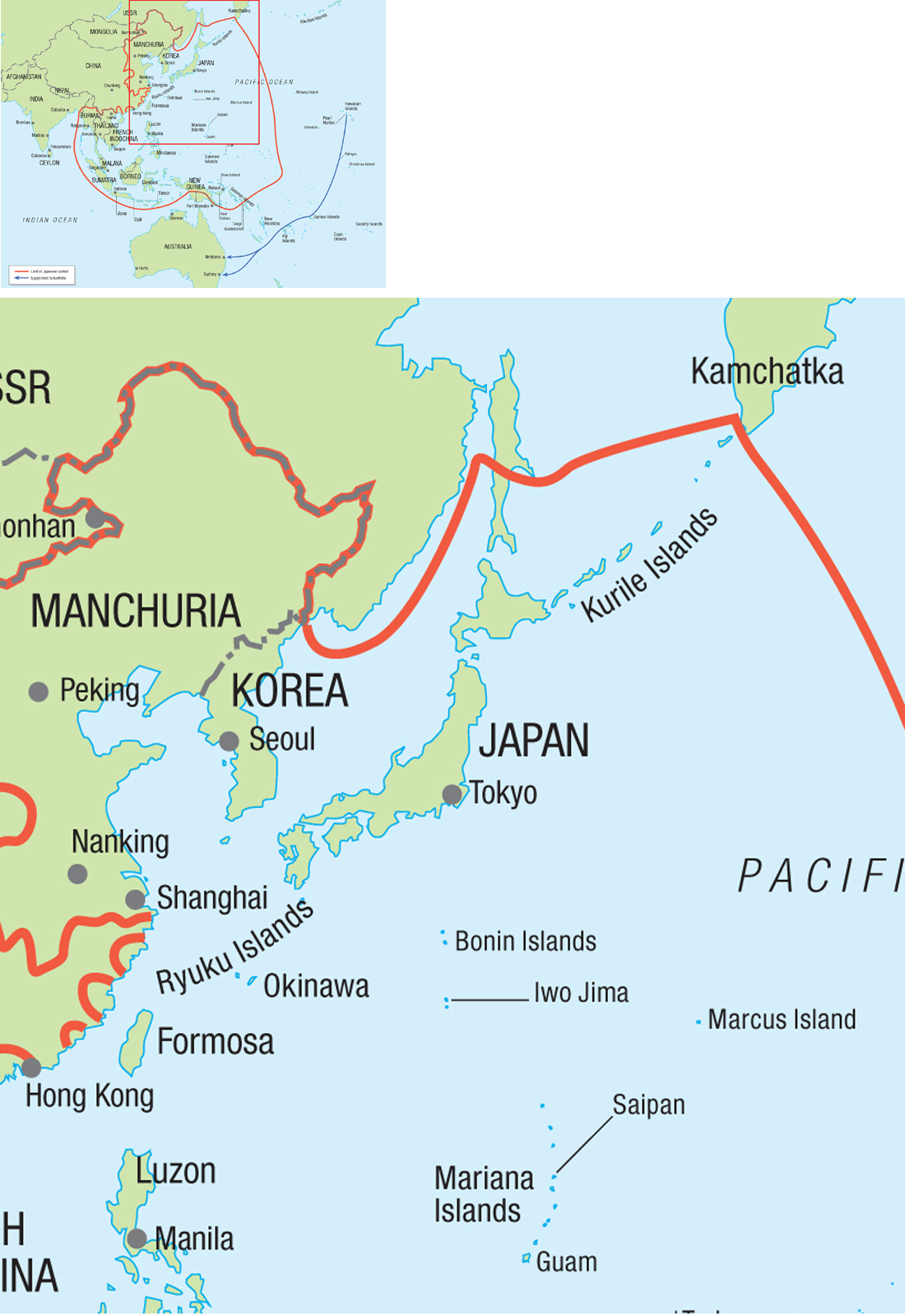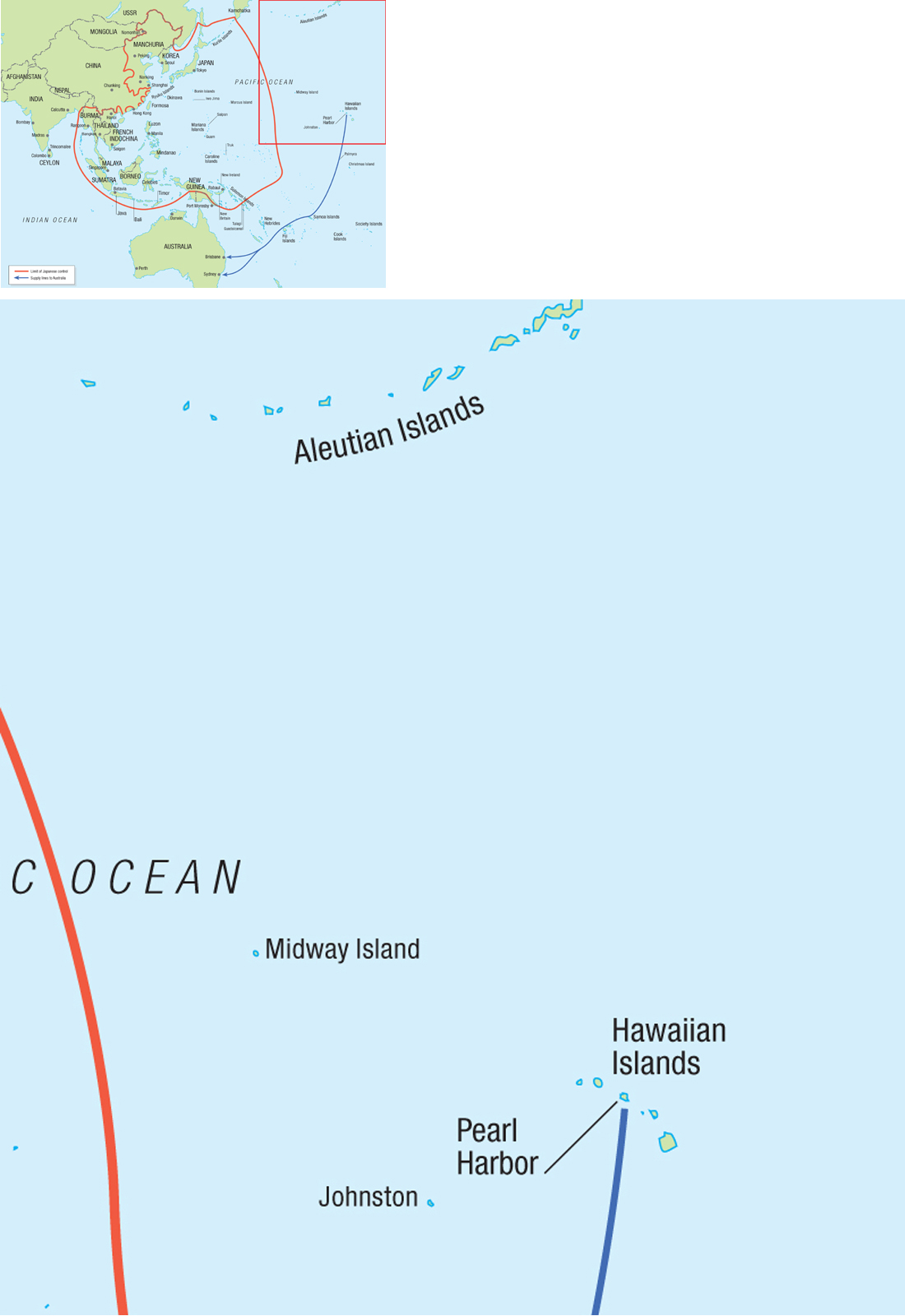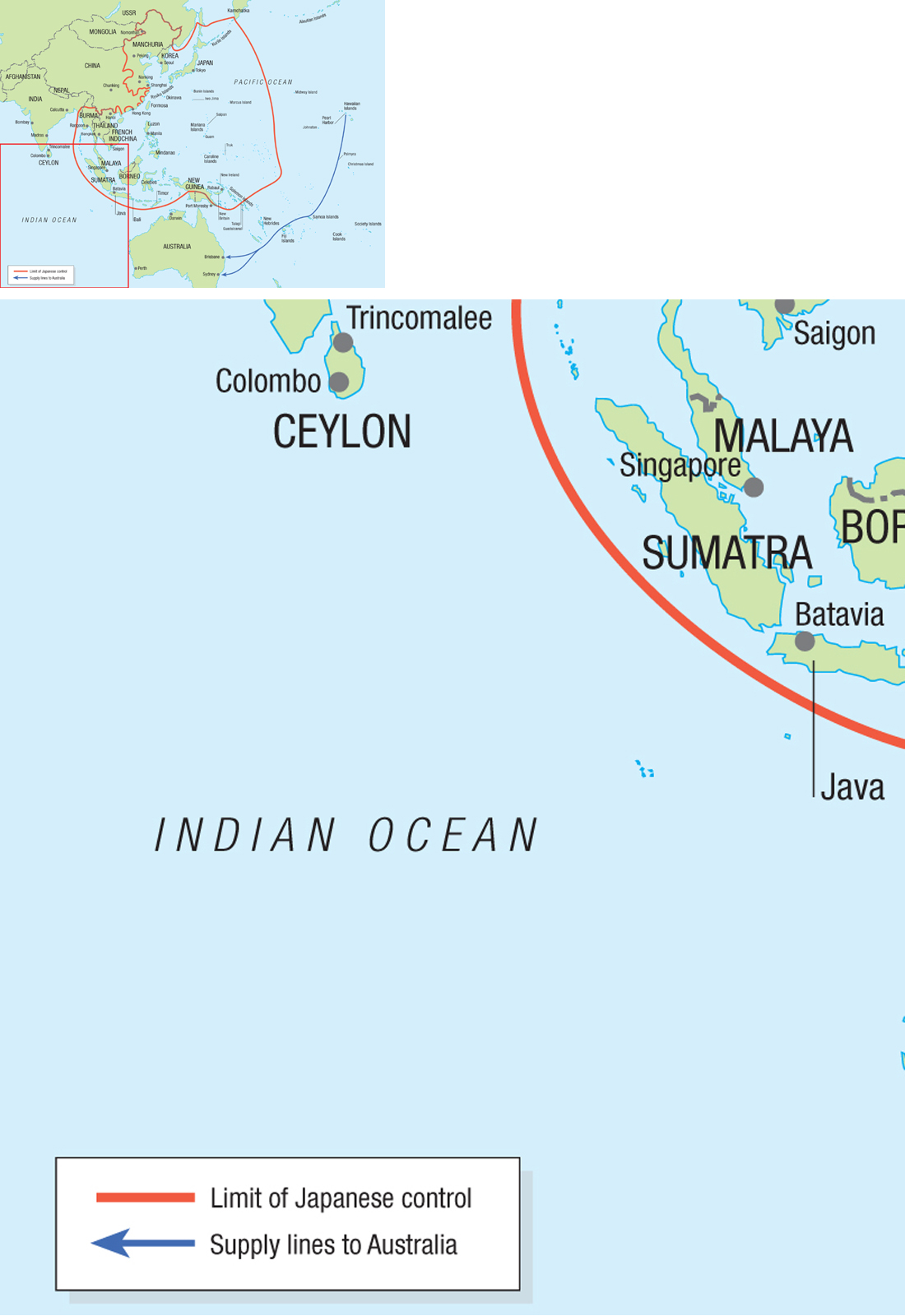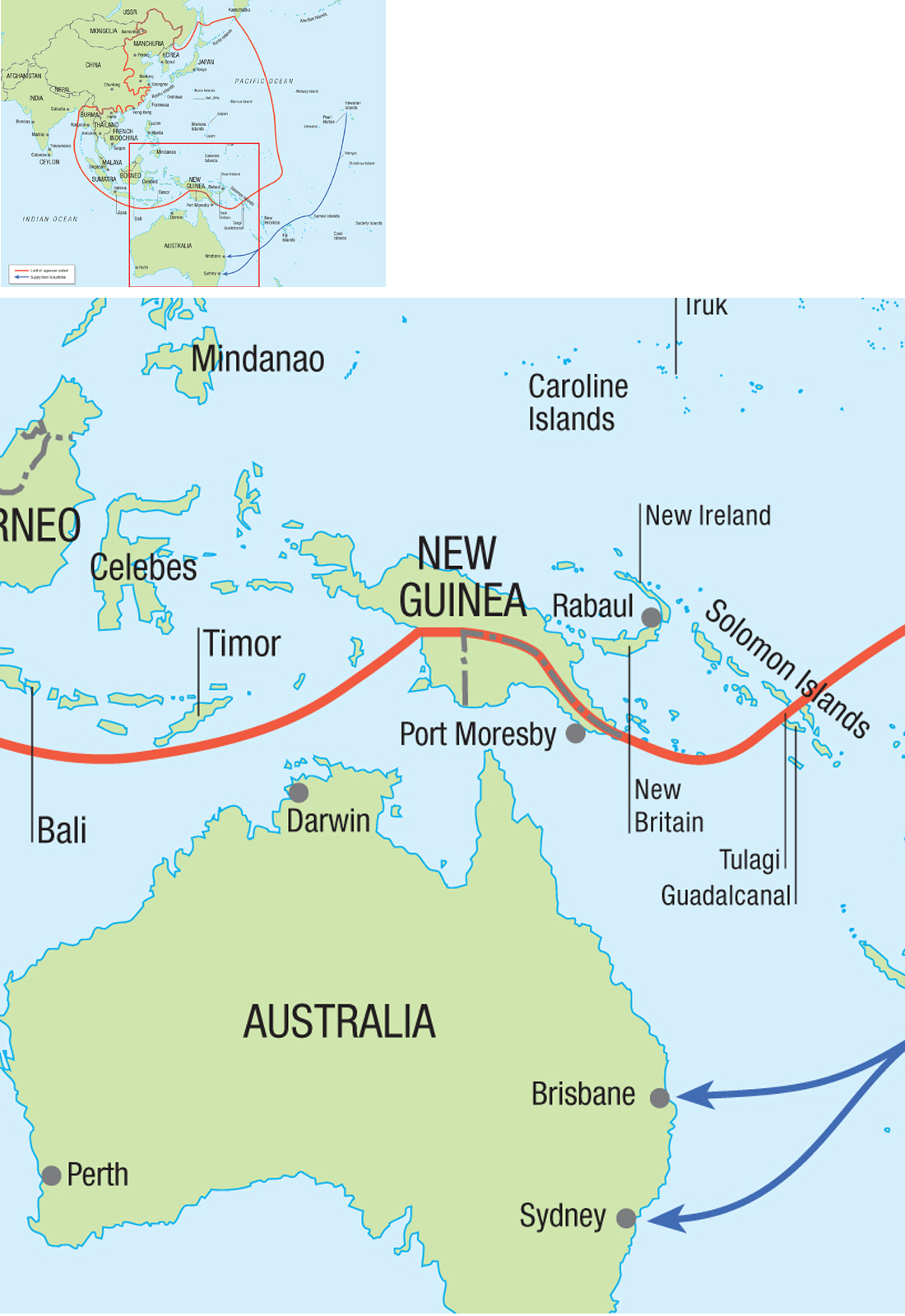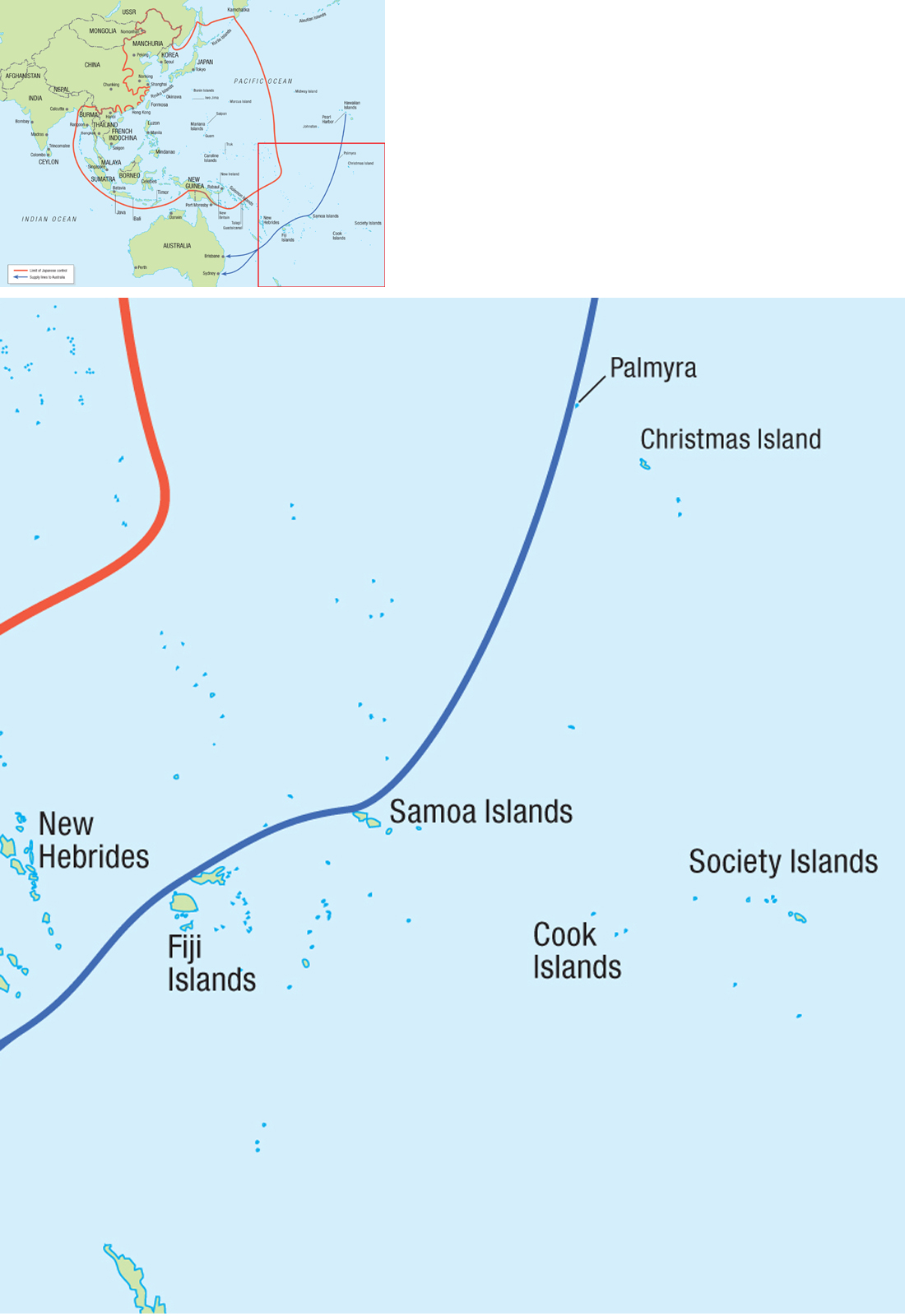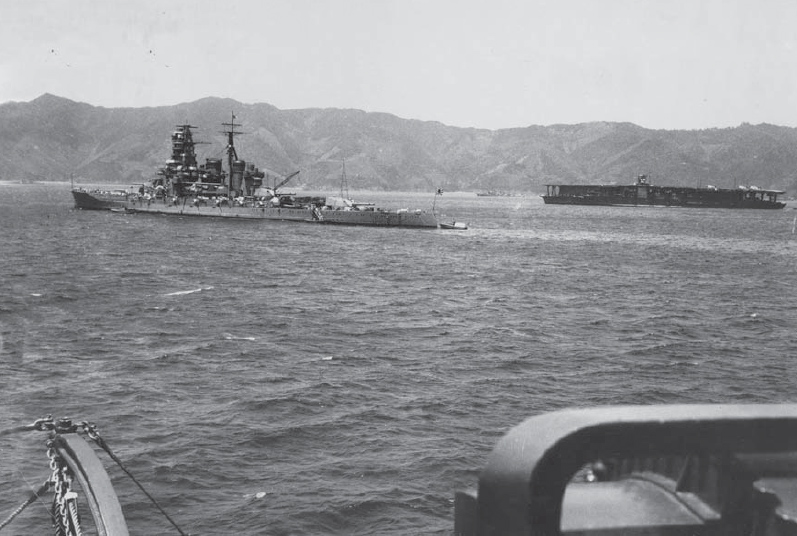CAMPAIGN 226
MIDWAY 1942
Turning point in the Pacific
| MARK STILLE | ILLUSTRATED BY HOWARD GERRARD |
Series editor Marcus Cowper
CONTENTS
ORIGINS OF THE CAMPAIGN
Strategic situation June 1942
Few battles are as well known as the battle of Midway fought in June 1942 between the carrier forces of the Imperial Japanese Navy (IJN) and the United States Navy. The resulting victory for the Americans has been hailed as the most decisive naval battle of the entire war and an incredible victory against overwhelming odds. In fact, neither statement is true and, despite all the works about this engagement, few battles have as many myths still lingering around them as does Midway 60 years after the event.
Frank Jack Fletcher in the uniform of a vice admiral in September 1942. As a rear admiral, he was in overall command of American naval forces at both Coral Sea and Midway. His roles in these American victories have been largely forgotten. (US Naval Historical Center)
Through April 1942, the carrier fleets of the Imperial Japanese and United States navies had yet to meet in battle. April 1942 was a key decision point for the Japanese. From the beginning of the war, they had enjoyed an unparalleled string of successes. Since assuming the defensive was unthinkable, there were basically two courses of action open to them. One, advocated by the Navy General Staff, called for the seizure of key islands in the South Pacific to cut the sea lines of communications between the United States and Australia. The other strategic option was to advance in the Central Pacific with the ultimate goal of seizing Hawaii. This was the option preferred by the Commander of the Combined Fleet, Admiral Yamamoto Isoroku, primarily because he saw the added benefit of forcing the remaining units of the US Pacific Fleet to give battle. When this decisive battle was finally fought, the superior numbers and training of the Combined Fleet would surely prevail, so Yamamoto believed.
However, what resulted from the strategic debate between the Navy General Staff and the Combined Fleet was a fatal compromise. In May, limited operations would be conducted in the South Pacific with the goal of seizing the strategic airfield at Port Moresby on New Guinea as a foundation for further expansion against Australias sea links with the US. This would be followed in June by a massive operation against the US-held atoll of Midway in the Central Pacific some 1,300 miles from Hawaii and against selected points in the Aleutian Islands chain. Forced to defend Midway, the Pacific Fleet would be committed to action against the assembled might of the Combined Fleet.
Unfortunately for the Japanese, the American naval commander in the Pacific, Commander of the Pacific Fleet Admiral Chester Nimitz, had not read Yamamotos script. Yamamoto was right to believe that the Americans would fight for Midway, but it was under conditions controlled by Nimitz. More than anything, Nimitz was determined to engage the Japanese aggressively as soon as favorable conditions existed. To Nimitz, favorable conditions included committing his few precious carriers even when outnumbered by the Japanese if surprise could be gained.
The four ships of the Kongo class were the only Japanese battleships with speed sufficient to provide escort to the 1st Kido Butai. Kirishima, shown here in 1939, was assigned to the 1st Kido Butai for the Midway operation. Behind her is Akagi. (Yamato Museum)
The first effect of Nimitzs policy of seeking to engage the Japanese resulted in the battle of the Coral Sea, fought between May 7 and 8, 1942. The ramifications of Coral Sea on the clash at Midway are not fully understood. The battle was the first ever contest fought between and decided by aircraft carriers. The Japanese assembled two invasion forces: one dedicated to Port Moresby and the other to the island of Tulagi in the Solomons. The invasion forces were covered by a force of heavy cruisers and a light carrier while a carrier division of two fleet carriers on loan from the Combined Fleet provided strategic cover against intervention by American carriers. After quickly seizing Tulagi on May 3, the tightly synchronized Japanese plan began to unravel. The main Japanese carrier force swung into the Coral Sea from the east to engage any American naval force there, but in spite of the fact that it had approached from a totally unexpected direction, it failed to find and destroy the two American carriers present. On May 7, both sides launched all-out strikes from their carriers. The Japanese strike totally miscarried, finding and sinking only an oiler and a destroyer. The American strike fared better, though it did not find the main Japanese carrier force. It did, however, locate and sink the light carrier covering the Port Moresby Invasion Force. On the following day, the clash of carriers finally occurred. The Japanese carriers succeeded in locating and attacking both American carriers. One was struck by a single bomb and suffered only moderate damage. However, the second was hit by both aircraft bombs and torpedoes and sank later that day. In return, a poorly coordinated American strike located only one of the Japanese carriers. They succeeded in putting three bombs into this target, but it escaped. The second Japanese carrier was untouched, but losses to Japanese carrier aircraft were very heavy.
The clash at Coral Sea had exacted a high cost from both sides. For the Japanese, the price was extremely high and constituted both strategic and tactical disaster. Strategically, the Japanese suffered their first reversal of the war. While the island of Tulagi in the Solomons was captured, the main objective of the operation, Port Moresby, remained in Allied hands. More importantly with respect to the upcoming Midway engagement, the battle had resulted in all three Japanese carriers engaged being removed from the order of battle for Midway. The light carrier Shoho was sunk by American carrier aircraft. The two fleet carriers that Yamamoto lent from the Combined Fleet fared better, but were both unavailable in early June. Shokaku was hit by three bombs and would be under repair until July 1942. Her sister ship, Zuikaku

